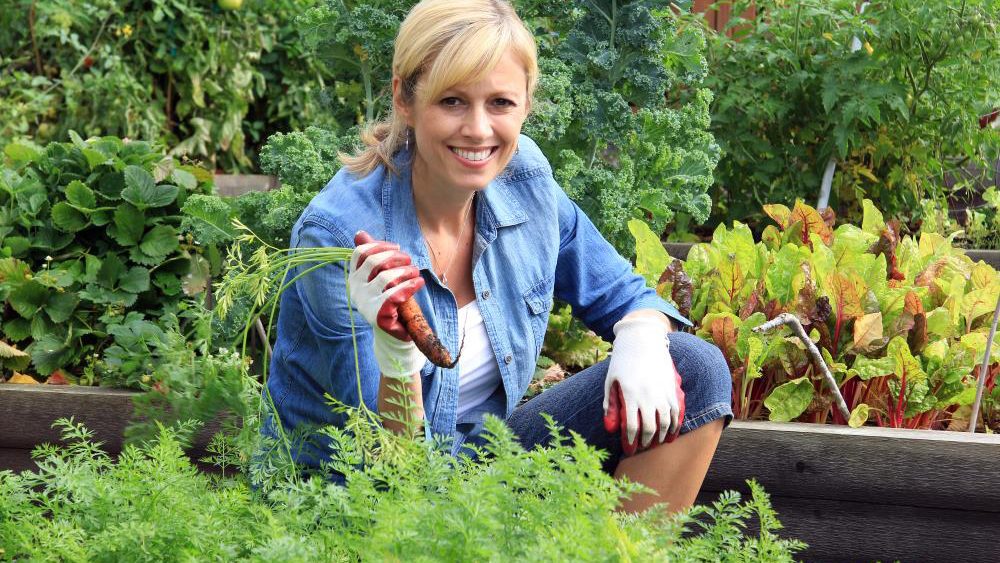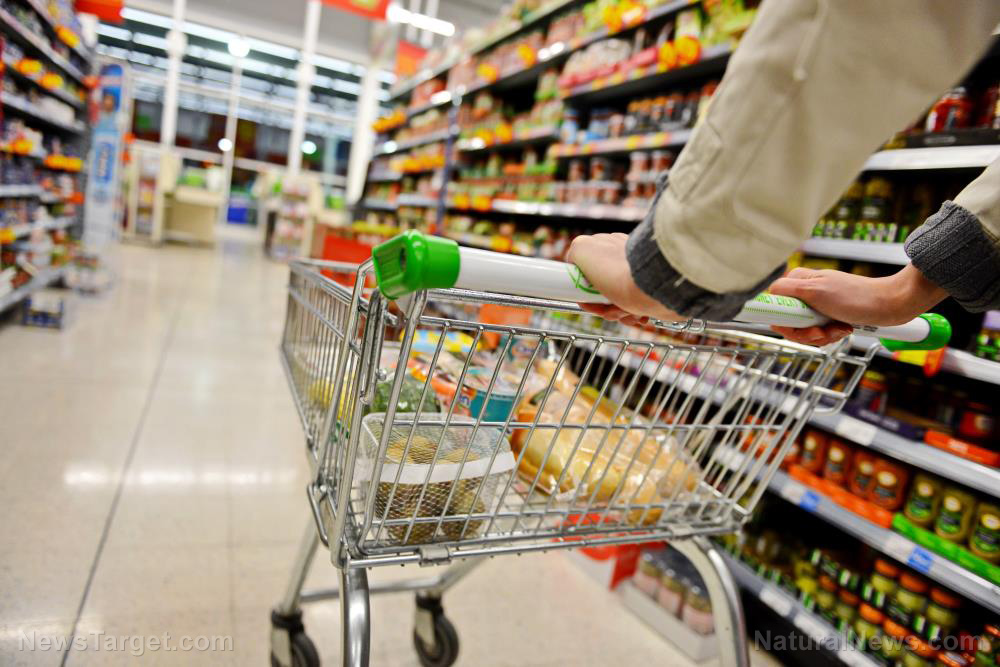
Advertisement
Home gardening is considered by many as one of the most rewarding hobbies. It lets you exercise (especially if you do most tasks by hand) and helps you save money on groceries. But how do you start cultivating a garden in your backyard? (h/t to AYearWithoutTheGroceryStore.com)
Cultivating your own garden means you can grow fresh fruits and vegetables that your family loves to eat, minus the chemicals often found in store-bought produce. To start growing food in your garden, follow these five steps.
Define your limits.
On paper, gardening seems like a simple undertaking. But while it offers many benefits, home gardening also has a steep learning curve.
To make the most of your home garden, know your limits such as the space in your backyard or how much time you’re willing to spend on your garden.
Do you have enough free time to maintain a garden? How many hours a week will you spend in your garden?
Plan everything, from the tools you will need to the best vegetables or fruits to plant in your area. Start with plants that require little to no care and those that have short growing cycles. As you get used to tending to your garden, move on to plants that require more care.
Decide what type of garden you want to cultivate and where you’re going to start planting.
There are different types of gardens. For example, you can either till the ground and sow seeds into freshly tilled soil or build raised beds in a central area.
- With the raised-bed method, you will spend most of your time watering because these beds dry out faster than other methods.
- If you have the means to set up a greenhouse, you can grow plants for longer seasons.
- If you live in an apartment, you can start a container garden for herbs.
Make sure you choose a method that best suits your location. When planning your garden, leave enough room so it’s easy to harvest your crops. Always maximize crops and minimize walk space.
Learn about the wildlife in your neighborhood. You’ll also need to take measures to keep animals that could steal or destroy your crops out of your garden. Use fences or companion plants to deter these animals.
Lighting is another important factor. Different plants will require different lighting, from partial shade to full sun.
Figure out what you’re going to plant in your garden.
Before you start buying seeds and planting them, learn what zone you are in. You can grow food from seeds or plants as long as you know the germination period and when to start the germination process.
When germinating seeds, learn how to transplant seedlings. You also need to know how deep to plant them and where it is best to plant them in your garden.
If you live in the north, peas will grow well for you. For those who live in the west, consider growing corn. (Related: 5 Garden hacks to boost production and reduce loss.)
Here are some of the best vegetables for beginners.
- Bell peppers and chili peppers are easy to grow if you start with plants. Let peppers from the same plant ripen for different lengths of time. This ensures that your crop includes various colors and flavors.
- Green beans are easy to grow. Start with seeds after frost has passed.
- When planting onions, start with small plants. If onions do well, you can harvest bulb onions.
- Potatoes are easy to grow and they store well when kept cool. Plant potatoes in straw rather than soil for a low-maintenance approach. “Seeds” are whole or cut sections of potatoes that are sold in early spring.
- Radishes thrive even in not-so-great garden soil. Plant the seeds in spring and fall. You can harvest radishes after several weeks.
- Salad greens (e.g., arugula, lettuce, or spinach) are best for summer and winter gardening, depending on what zone you’re in. If you plant the seeds in spring and fall, you can pick greens almost year-round.
- Start with strong plants if you want to grow tomatoes.
Grow companion plants.
Companion plants will help your crops thrive. Some companion plants will encourage beneficial insects like pollinators while others will keep out destructive pests like slugs, snails, and wasps.
Marigolds will repel Mexican bean beetles and catnip will repel flea beetles.
Harvest your crops and preserve excess vegetables.
Learn when to best harvest crops to make the most of your garden. Save seeds from your crops so you can replant the next year. For example, you can take the seeds out of tomatoes, clean them up, then dry them out.
If you produce a bumper crop, preserve any excess. You can try simple methods such as canning, drying, or freezing.
Home gardening is a worthwhile hobby. Plan ahead, learn from your mistakes, and prepare delicious meals with organic vegetables grown right in your backyard.
Sources include:
Advertisements







